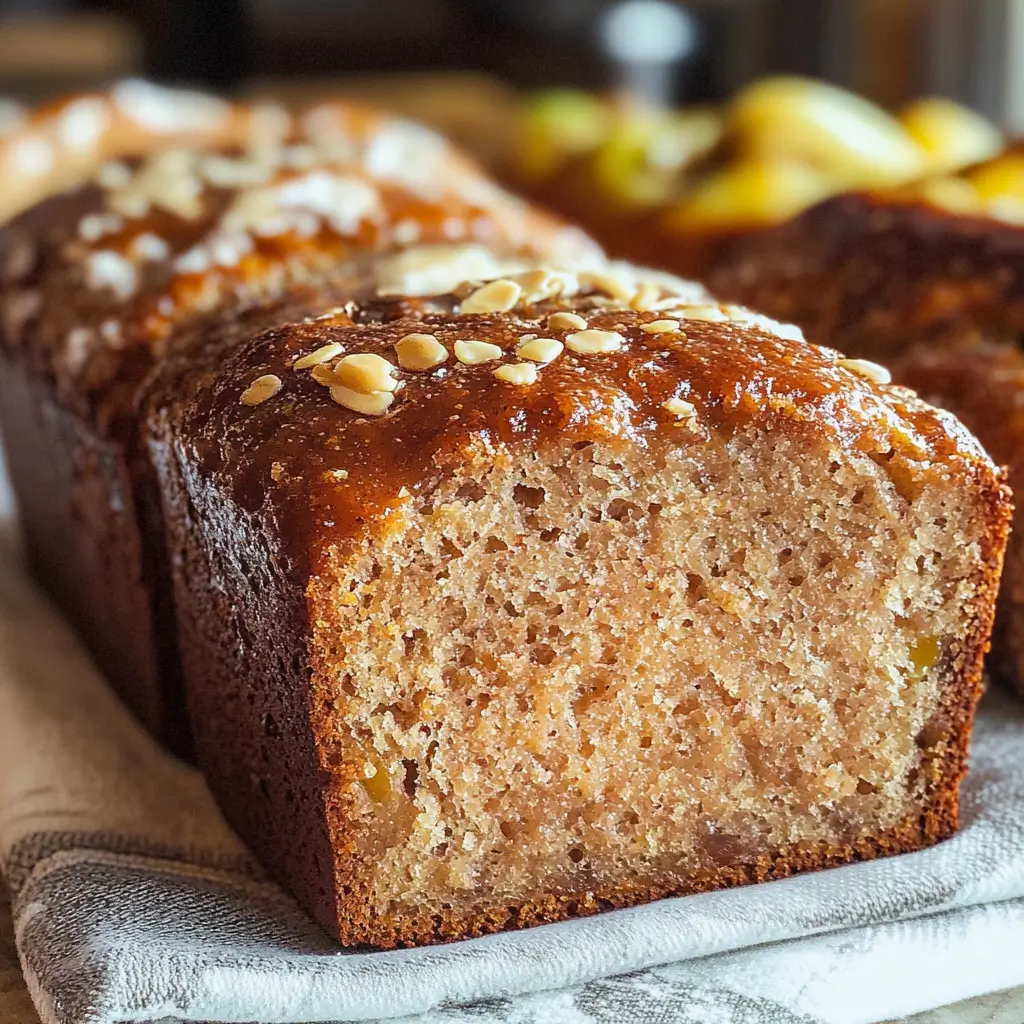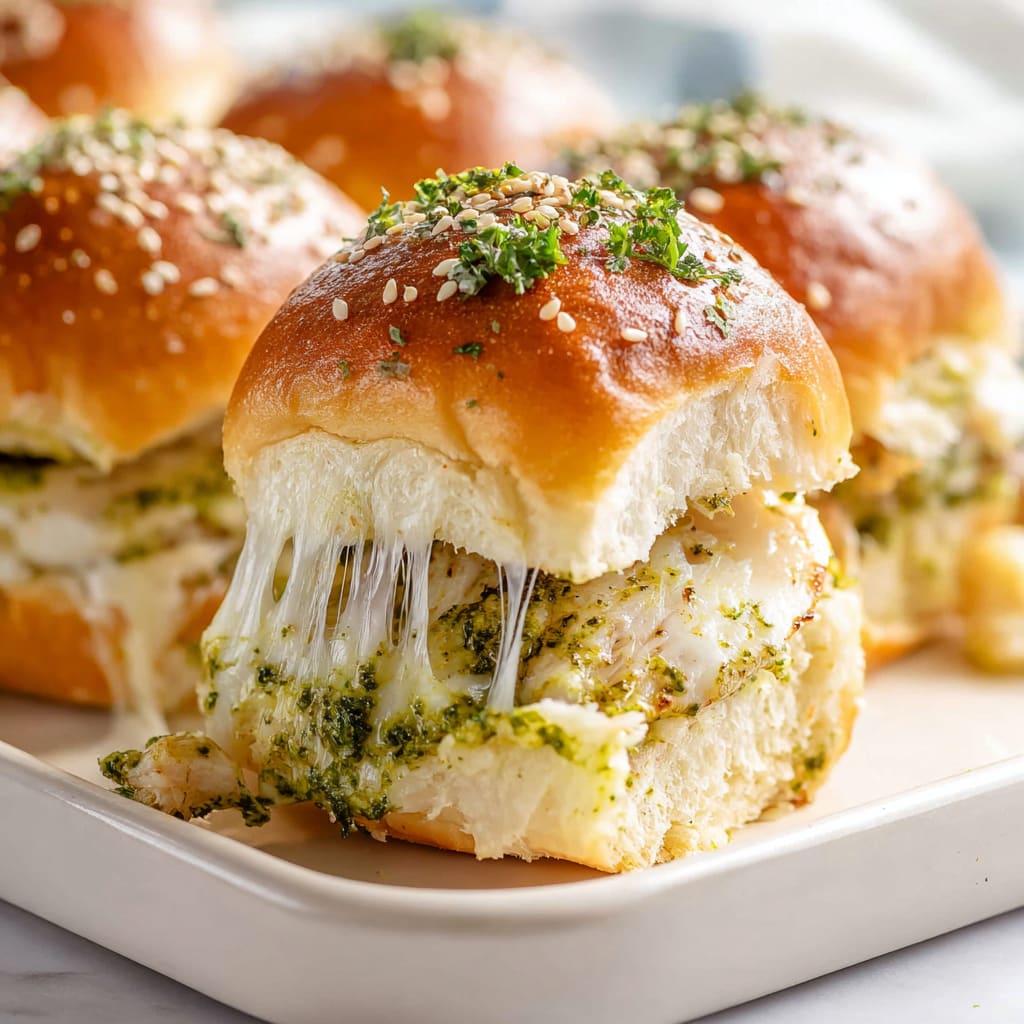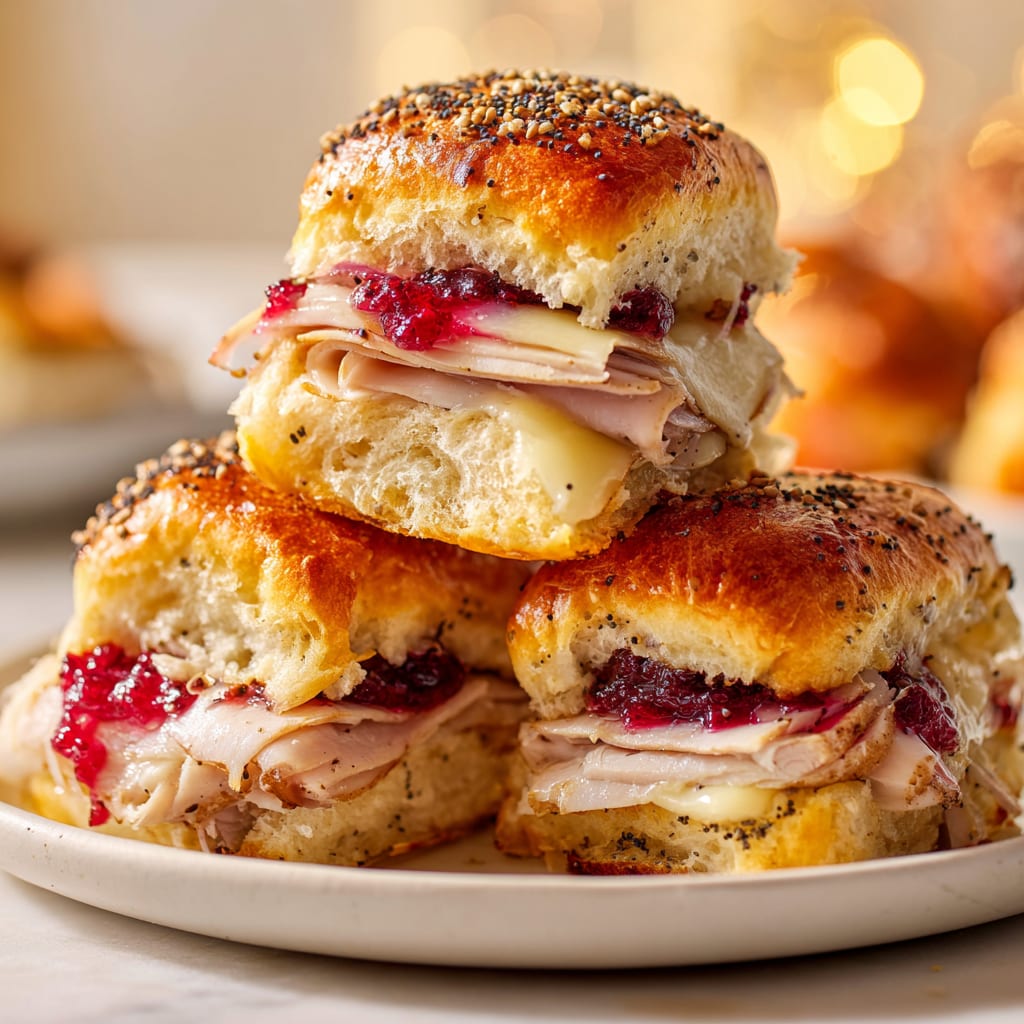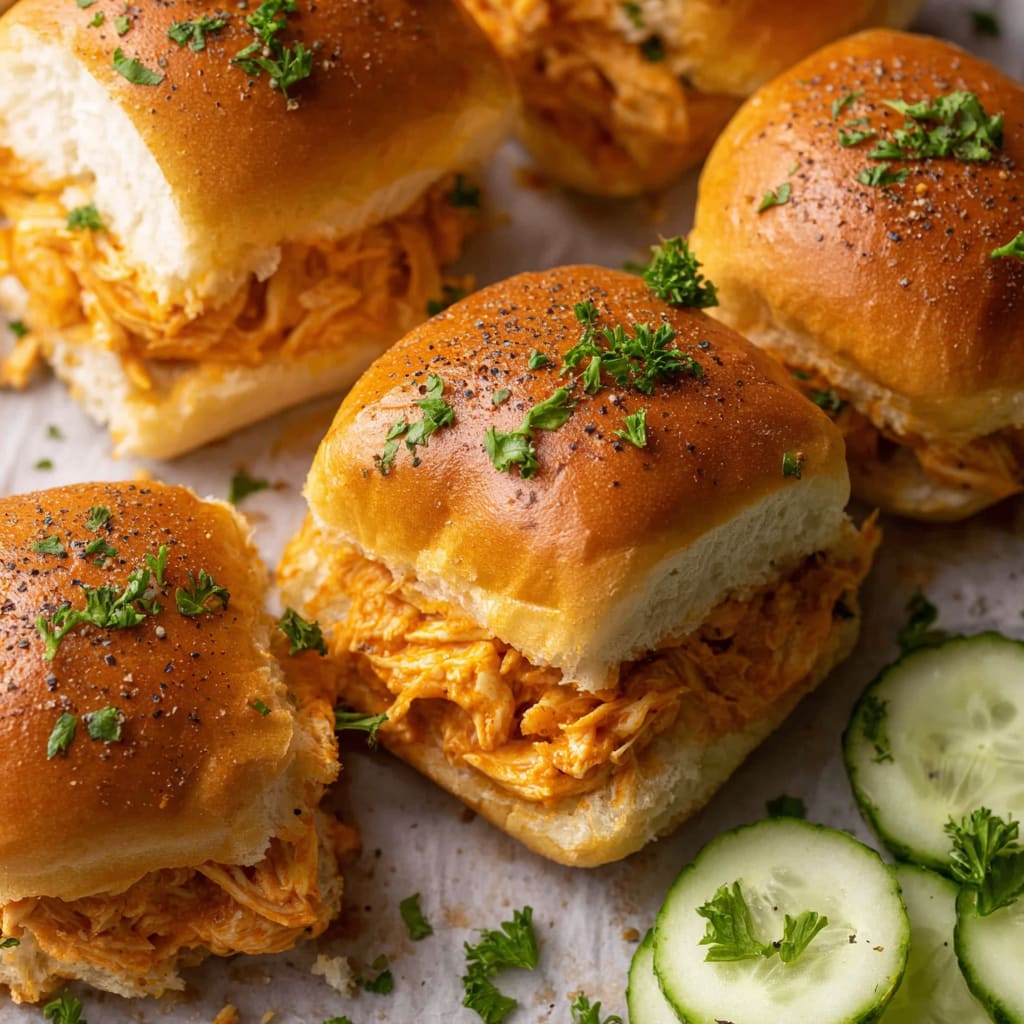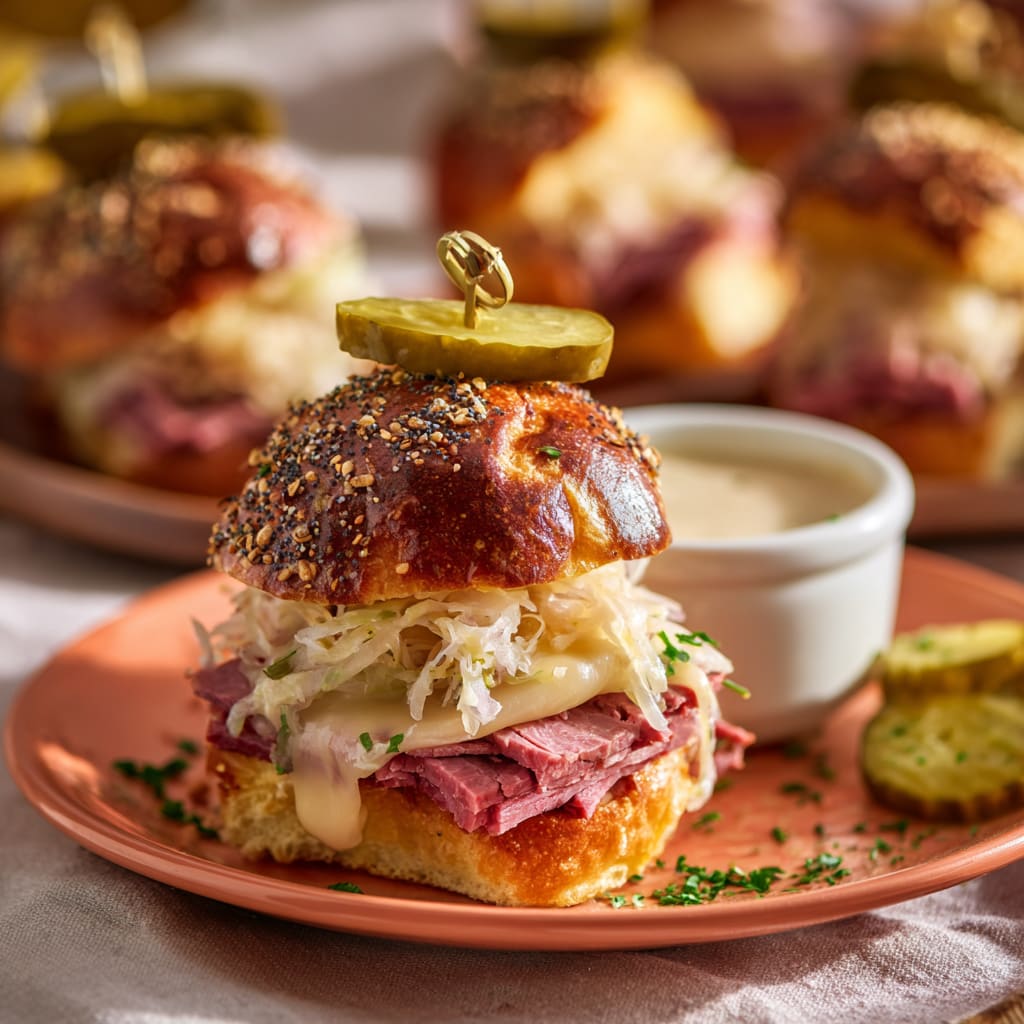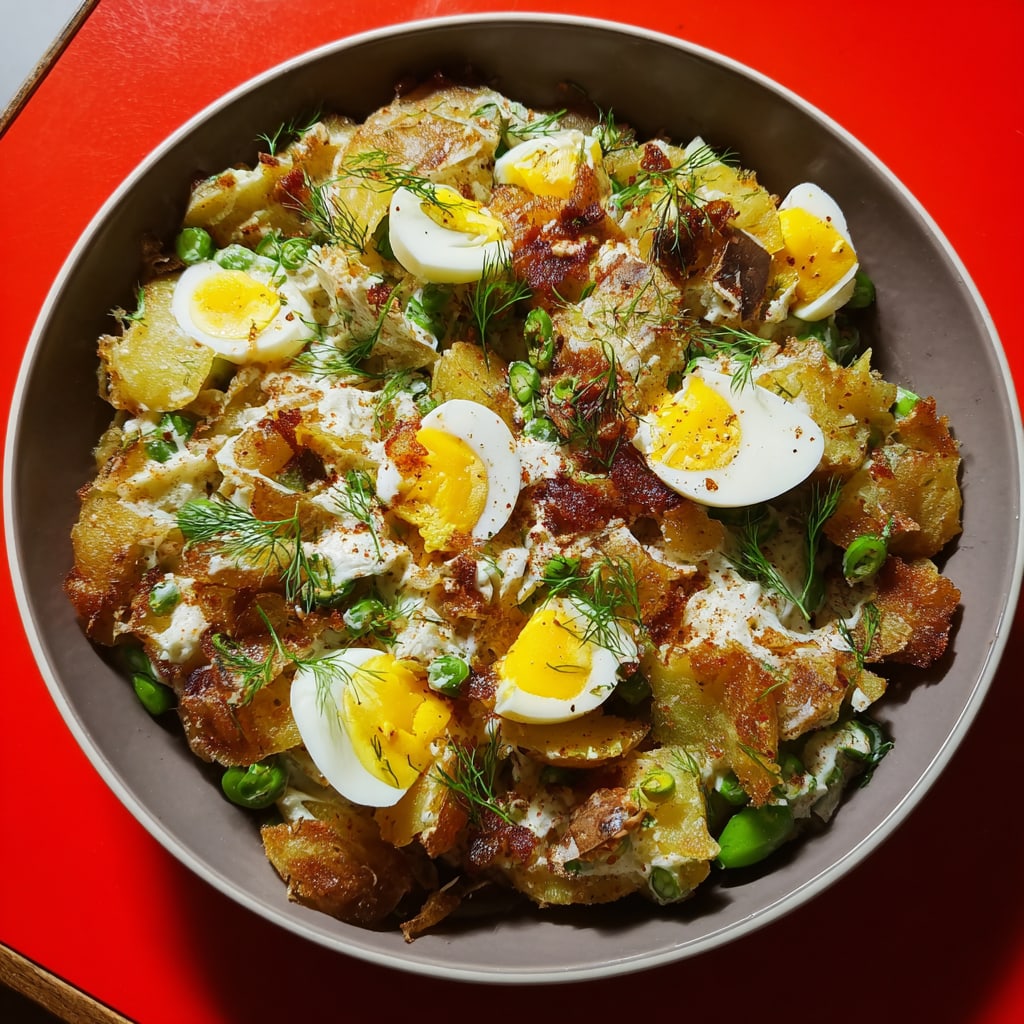The warm, inviting aroma of quick breads fresh from the oven can transform any kitchen into a haven of comfort. Unlike yeast breads that require proofing and patience, quick breads rely on leavening agents like baking powder or soda to achieve their delightful rise—making them the perfect solution when you’re craving homemade bread without the wait. From moist banana bread to savory cheese biscuits, these versatile treats strike the perfect balance between simplicity and satisfaction. You’ll learn how to master the art of creating tender, flavorful quick breads that will impress family and friends, even if you’re new to baking.
Why You’ll Love This Recipe
Quick breads are the unsung heroes of the baking world—offering maximum flavor with minimum effort. These forgiving recipes don’t demand the technical skill that yeast breads require, making them perfect for beginners while still satisfying experienced bakers. The beauty lies in their versatility; switch from sweet to savory with simple ingredient swaps while maintaining that signature tender crumb. You’ll appreciate how the exterior develops a satisfying crust while the interior remains delightfully soft—a textural contrast that makes each bite a revelation. Best of all, most quick bread recipes follow a straightforward mixing method: combine dry ingredients, mix wet ingredients separately, then gently fold them together. Within an hour, you can transform basic pantry staples into impressive homemade treats that will fill your home with irresistible aromas.
Ingredients
For Basic Sweet Quick Bread:
- 2 cups (250g) all-purpose flour
- 1 cup (200g) granulated sugar
- 1 teaspoon baking powder
- 1/2 teaspoon baking soda
- 1/2 teaspoon salt
- 2 large eggs, at room temperature
- 1/2 cup (120ml) vegetable oil
- 1/2 cup (120ml) buttermilk or plain yogurt
- 1 teaspoon vanilla extract
- 1 cup mix-ins (fruits, nuts, chocolate chips)
For Savory Quick Bread:
- 2 cups (250g) all-purpose flour
- 1 tablespoon baking powder
- 1 teaspoon salt
- 1/4 teaspoon black pepper
- 1 cup (240ml) milk
- 1/4 cup (60ml) olive oil
- 2 large eggs
- 1 cup savory mix-ins (cheese, herbs, cooked vegetables)
The star ingredient in any quick bread is the leavening agent—baking powder or soda—which creates those delightful air pockets that give quick breads their characteristic texture. Buttermilk isn’t just for flavor; its acidity activates the leavening and tenderizes the crumb.
Pro Tips
Measure Carefully
The success of quick breads hinges on proper measurement. For flour, use the spoon-and-level method—spoon flour into measuring cups and level with a knife—rather than scooping directly from the bag, which compacts flour and leads to dense, dry breads. This simple technique can be the difference between a tender crumb and a brick-like loaf.
Don’t Overmix
The cardinal rule of quick bread baking is gentle mixing. Once you combine wet and dry ingredients, stir just until no dry flour remains—about 10-12 strokes with a spatula. Those small lumps in your batter? They’re perfectly fine! Overmixing develops gluten, resulting in tough, tunneled bread instead of the tender texture that makes quick breads so beloved.
Check Early, Test Properly
Start checking your quick bread about 10 minutes before the recipe’s suggested baking time. Insert a toothpick into the center—it should come out with a few moist crumbs, not wet batter. If the top is browning too quickly but the center isn’t done, tent with foil. Remember that quick breads continue cooking slightly after removal from the oven, so avoid overbaking, which can dry out your perfectly moist creation.
Instructions
Step 1: Prepare Your Equipment and Ingredients
Preheat your oven to 350°F (175°C) and prepare your baking vessel—a standard 9×5-inch loaf pan works perfectly for most quick bread recipes. Grease it thoroughly or line with parchment paper for easy removal. Bring refrigerated ingredients like eggs to room temperature by placing them in warm water for 5-10 minutes. This seemingly small detail ensures better incorporation and a more even texture in your finished quick bread.
Step 2: Combine Dry Ingredients
In a large bowl, whisk together your flour, leavening agents (baking powder and/or baking soda), salt, and any dry spices or sugar if making sweet quick bread. Whisking these ingredients separately ensures they’ll be evenly distributed throughout your batter, preventing bitter spots from undistributed baking soda or pockets of salt.
Step 3: Mix Wet Ingredients
In a separate bowl, thoroughly combine your eggs, oil or melted butter, and liquid ingredients (milk, buttermilk, or yogurt). For sweet quick breads, add vanilla or other extracts at this stage. If your recipe includes mashed banana, pumpkin puree, or other fruit purees, fold them into the wet mixture now. The separate mixing prevents overmixing once the wet and dry ingredients come together.
Step 4: Combine and Fold
Create a well in the center of your dry ingredients and pour in the wet mixture. Using a rubber spatula—not a whisk or electric mixer—fold the ingredients together with broad, gentle strokes. Mix just until no dry flour remains visible. The batter should look somewhat lumpy; this is perfect! Now fold in any mix-ins like nuts, chocolate chips, berries, or cheese, distributing them evenly with just a few strokes.
Step 5: Bake and Cool Properly
Pour the batter into your prepared pan and smooth the top. For an extra touch, sprinkle with sugar, seeds, or cheese depending on whether your quick bread is sweet or savory. Bake in the preheated oven for 45-60 minutes, checking for doneness with a toothpick. Allow your quick bread to cool in the pan for 10-15 minutes before transferring to a wire rack. Resist the temptation to slice immediately—cooling for at least an hour allows the structure to set, making slicing cleaner and preventing a gummy texture.
Variations
Seasonal Fruit Quick Breads
Transform the basic quick bread recipe with seasonal fruits for year-round enjoyment. In summer, fold in 1 cup of fresh blueberries or chopped peaches with 1 tablespoon of lemon zest for brightness. Fall calls for apple cinnamon bread—add 1 cup of diced apples, 1 teaspoon of cinnamon, and a pinch of nutmeg. For classic banana bread, substitute 3 mashed overripe bananas for half the oil and reduce the sugar by 1/4 cup. The natural sweetness and moisture from the fruits create irresistible flavor profiles while maintaining that perfect quick bread texture.
Savory Quick Breads
Venture beyond sweet treats with savory quick bread variations that make excellent accompaniments to soups and salads. For a Mediterranean-inspired loaf, add 1 cup of crumbled feta, 1/4 cup chopped olives, and 2 tablespoons of fresh herbs like rosemary and thyme. Cheddar jalapeño bread brings a spicy kick—incorporate 1 cup of shredded sharp cheddar and 2-3 tablespoons of diced jalapeños (adjust to your heat preference). These savory quick breads demonstrate the remarkable versatility of the basic recipe, proving they can shine at any meal, not just dessert.
Storage and Serving
Most quick breads stay fresh at room temperature for 2-3 days when wrapped tightly in plastic wrap or stored in an airtight container. For longer storage, refrigerate for up to a week or freeze for up to three months by wrapping in plastic followed by foil. Slice before freezing for convenient single servings that thaw in minutes. To revive day-old quick bread, warm slices in a toaster oven or microwave for 10-15 seconds—the heat reactivates the aromatic compounds and softens the texture.
Elevate your quick bread with thoughtful serving suggestions: top warm slices of sweet varieties with a pat of salted butter or cream cheese for a simple yet satisfying treat. For brunch, transform banana or zucchini quick bread into decadent French toast. Savory versions shine when toasted and topped with avocado and an egg or served alongside hearty soups. The sturdy texture of quick breads also makes them perfect for sandwiches—try sliced cheddar herb bread with turkey and apple for an extraordinary lunch experience.
FAQs
Why did my quick bread sink in the middle?
A sunken center typically indicates underbaking or too much leavening. Ensure your oven temperature is accurate using an oven thermometer, and always measure baking powder/soda precisely. Also check that your baking powder isn’t expired, as this can reduce its effectiveness.
Can I substitute whole wheat flour in quick bread recipes?
Yes, but for best results, replace only half the all-purpose flour with whole wheat. Whole wheat flour absorbs more moisture, so you might need to add 1-2 extra tablespoons of liquid to maintain the proper consistency.
Why does my quick bread have tunnels and holes?
Those tunnels are a classic sign of overmixing. Remember to fold the wet and dry ingredients together gently and minimally—just until combined. Those small lumps in your batter are actually desirable!
Can I reduce the sugar in sweet quick bread recipes?
Yes, most sweet quick bread recipes can handle a 25% sugar reduction without significantly affecting texture. For greater reductions, consider adding extra flavor with vanilla, cinnamon, or fruit purees to compensate.
Why is my quick bread dry and crumbly?
Dry quick bread usually results from overbaking or too much flour. Check your bread 5-10 minutes before the suggested baking time, and remember to measure flour properly using the spoon-and-level method rather than scooping directly from the bag.
Conclusion
This Quick Breads recipe is comfort food at its finest—simple enough for beginners yet versatile enough to become a staple in any baker’s repertoire. The magical transformation of basic pantry ingredients into warm, aromatic loaves never loses its charm, whether you’re making a cinnamon-scented treat for breakfast or a savory companion for dinner. It’s the kind of dish that bridges the gap between everyday convenience and special occasion worthy, proving that sometimes the simplest recipes bring the most joy to our tables. With these techniques in your culinary toolkit, you’re well-equipped to create endless variations that will delight family and friends year-round.
Print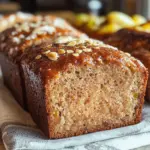
Quick Breads
Description
Quick and fuss-free bread recipes that deliver maximum flavor with minimum effort. No rising time, no kneading, just mix and bake for incredible results every time!
Ingredients
- 2 cups (250g) all-purpose flour
- 1 cup (200g) granulated sugar (for sweet breads) or 1 teaspoon salt (for savory)
- 1 tablespoon baking powder
- 1/2 teaspoon baking soda (if using acidic ingredients like buttermilk)
- 1/2 teaspoon salt (for sweet breads)
- 2 large eggs, room temperature
- 1/2 cup (120ml) vegetable oil or melted butter
- 1 cup (240ml) milk, buttermilk, or yogurt
- 1 teaspoon vanilla extract (for sweet breads)
- 1 cup mix-ins (fruits, nuts, chocolate chips, cheese, herbs, or vegetables)
Instructions
- Preheat your oven to 350°F (175°C). Grease a 9×5-inch loaf pan or line with parchment paper.
- In a large bowl, whisk together flour, sugar/salt, baking powder, baking soda, and salt until well combined.
- In a separate bowl, whisk eggs, oil, milk, and vanilla (if using) until smooth.
- Create a well in the center of the dry ingredients and pour in the wet mixture.
- Gently fold together using a rubber spatula, mixing just until no dry flour is visible. The batter should be lumpy.
- Fold in your chosen mix-ins with minimal stirring.
- Pour batter into the prepared pan and smooth the top.
- Bake for 45-60 minutes, or until a toothpick inserted in the center comes out with a few moist crumbs.
- Cool in the pan for 10-15 minutes before transferring to a wire rack to cool completely.
- Allow to cool for at least one hour before slicing for the best texture.

